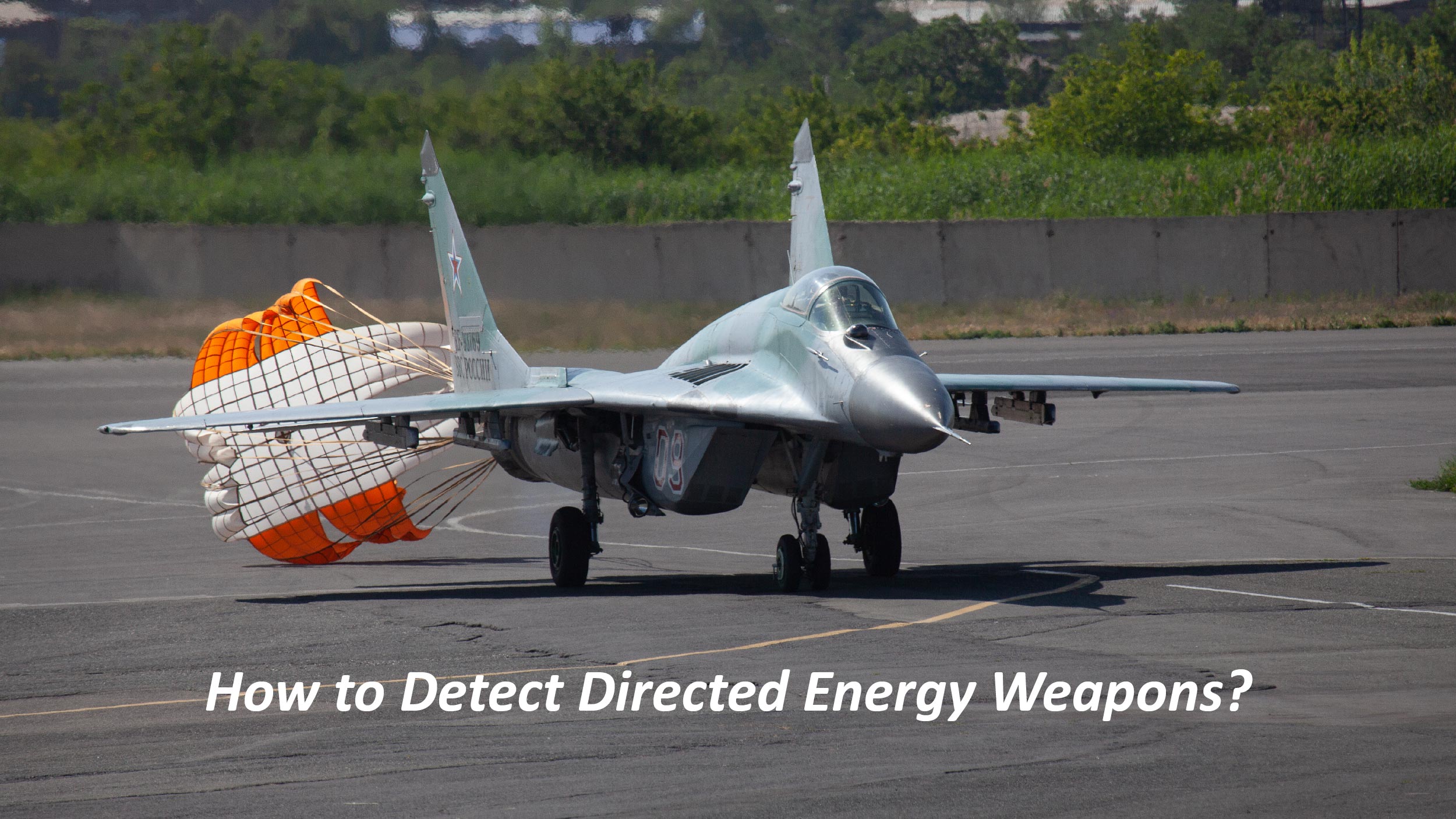In the realm of military technology, the advent of directed energy weapons (DEWs) represents a significant leap forward. These cutting-edge weapons employ various forms of energy, such as lasers or microwaves, to engage and neutralize targets. While DEWs may seem like science fiction, they are rapidly becoming a reality, with potential implications for both offensive and defensive capabilities. In this blog post, we will delve into the world of directed energy weapons, exploring their types, applications, challenges, and the future they hold for modern warfare.
What is Directed Energy Weapons?
Directed energy weapons (DEWs) are a category of innovative military technologies that use highly focused energy to deliver precise and controllable effects on a target. Unlike conventional weapons that rely on projectiles or explosives, DEWs transmit energy in the form of lasers, microwaves, or particle beams. These weapons have the potential to revolutionize warfare by offering several advantages, including speed-of-light targeting, reduced collateral damage, and increased precision. DEWs can be classified into various types, such as high-energy lasers (HELs) and high-power microwaves (HPMs), each with its unique operational principles and applications.
The classified nature of directed-energy weapons has resulted in a scarcity of information regarding their effects on humans. However, researchers and military experts have conducted studies to better understand the impact of these weapons. Their findings provide valuable insights into the potential consequences of using directed energy weapons.
Also Read : The Ultimate Guide to Chemical Waste Disposal: Best Practices for a Sustainable Future
What are the Applications of Directed Energy Weapons?

The main characteristics and applications of DEWs include:
- Precision and Accuracy: DEWs enable precise and accurate targeting by delivering energy in focused beams. This precision can be crucial in minimizing collateral damage and ensuring that only intended targets are affected.
- Speed of Light: DEWs travel at the speed of light, allowing for near-instantaneous engagement of targets. This speed provides a significant advantage over traditional weapons, especially in countering fast-moving threats like drones or missiles.
- Reduced Logistics and Costs: Since DEWs rely on energy rather than traditional ammunition, they have the potential to reduce logistical burdens associated with storing and transporting conventional weapons. This could lead to cost savings over the long term.
- Anti-Aircraft and Missile Defense: One prominent application of DEWs is in anti-aircraft and missile defense systems. High-energy lasers can rapidly and accurately target and destroy incoming threats, offering an efficient and cost-effective defense mechanism.
- Counter-UAV Systems: DEWs are increasingly being employed to counter unmanned aerial vehicles (UAVs) or drones. The ability to quickly and precisely disable or destroy hostile drones makes DEWs valuable for protecting sensitive areas.
- Non-Lethal Applications: Some DEWs, particularly high-power microwaves, can be used for non-lethal applications. These systems can disrupt or disable electronic systems without causing physical harm, providing options for crowd control or disabling enemy equipment.
- Space-Based Applications: There is an ongoing exploration of deploying DEWs in space for various applications, including satellite defense and the ability to strike targets on Earth from orbit.
- Challenges and Considerations: While DEWs offer exciting possibilities, there are challenges, including power generation, beam control, and atmospheric conditions that can affect their effectiveness. Moreover, ethical considerations and international regulations are crucial factors in the development and deployment of these advanced weapons.
Directed energy weapons represent a frontier in military technology, and ongoing research and development are expected to further refine their capabilities and broaden their applications in the future.
How to Detect Directed Energy Weapons?

Detecting directed energy weapons can be a challenging task due to their unique characteristics and the need for specialized equipment. While there is ongoing research in this field, here are some techniques and tools that can be used to detect DEWs:
- Radio Detection: DEWs emit electromagnetic waves that can be detected using radio receivers or EMF (Electromagnetic Field) meters. These devices can pick up unusual or abnormal electromagnetic signals that may indicate the presence of a DEW.
- Infrared Detection: DEWs generate heat when they are operational. Infrared cameras or thermal imaging systems can be used to detect the heat signatures produced by DEWs. Unusual hotspots or thermal anomalies can indicate the presence of a DEW.
- Spectrum Analyzers: DEWs operate within specific frequency ranges. Spectrum analyzers can be used to scan the electromagnetic spectrum and identify any abnormal or suspicious signals that fall within the frequency bands associated with DEWs.
- Signal Interception: DEWs often require communication between the weapon and its control systems. Intercepting and analyzing these communication signals can provide insights into the presence and operation of DEWs. Specialized equipment and expertise in signal intelligence may be required for this approach.
- Visual Observation: In some cases, DEWs may produce visible effects, such as laser beams or plasma discharges. Visual observation by trained personnel can help identify these visual cues and indicate the use of DEWs. However, it is important to note that some DEWs operate in non-visible wavelengths, making them difficult to detect with the naked eye.
In a Nutshell
Directed energy weapons represent a significant advancement in military technology, offering unparalleled speed, precision, and efficiency. These cutting-edge weapons have the potential to revolutionize warfare, with applications ranging from anti-missile defense systems to counter-drone capabilities. While there are challenges to overcome, such as power requirements and atmospheric limitations, ongoing research and development continue to push the boundaries of what DEWs can achieve.



